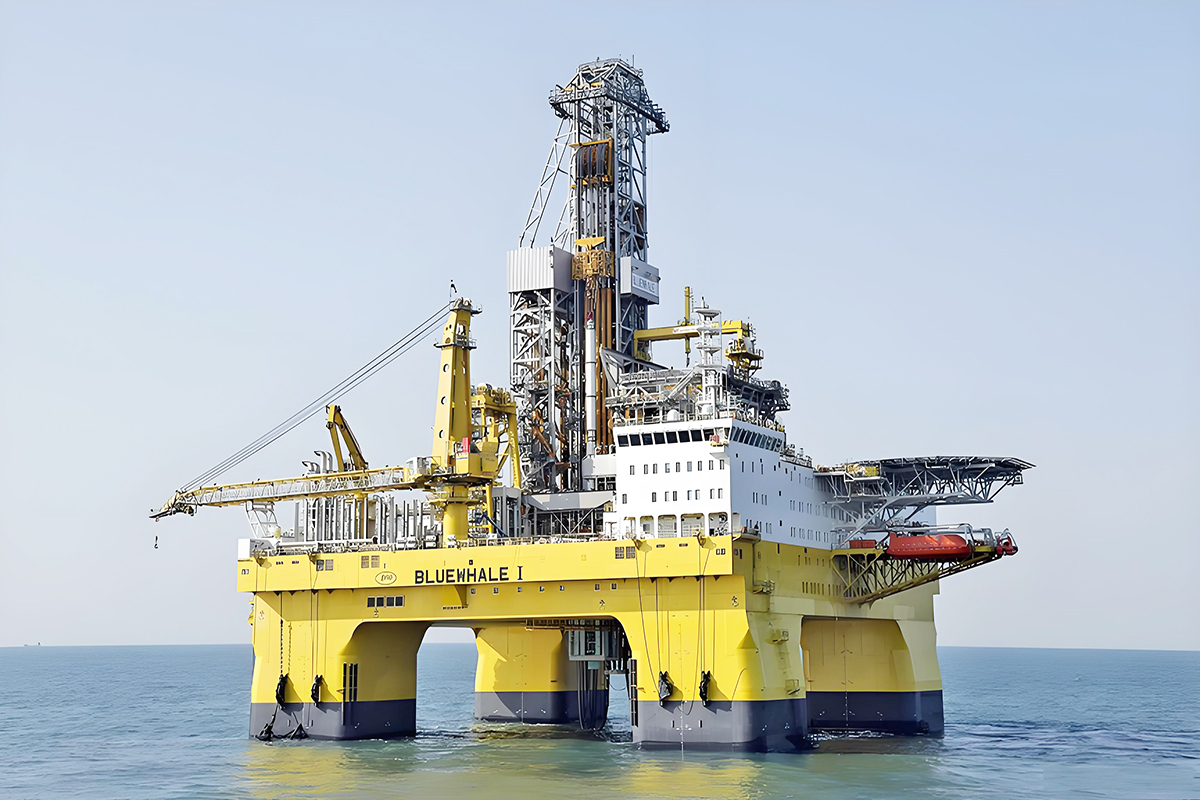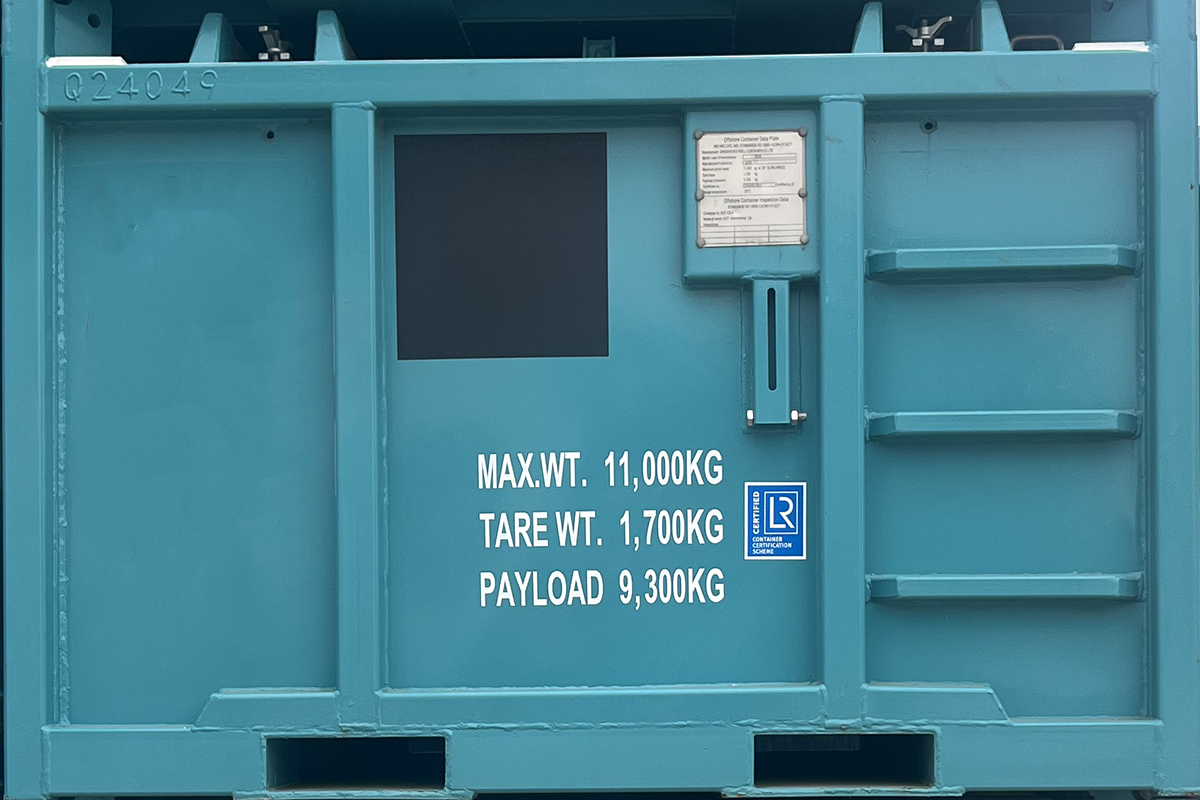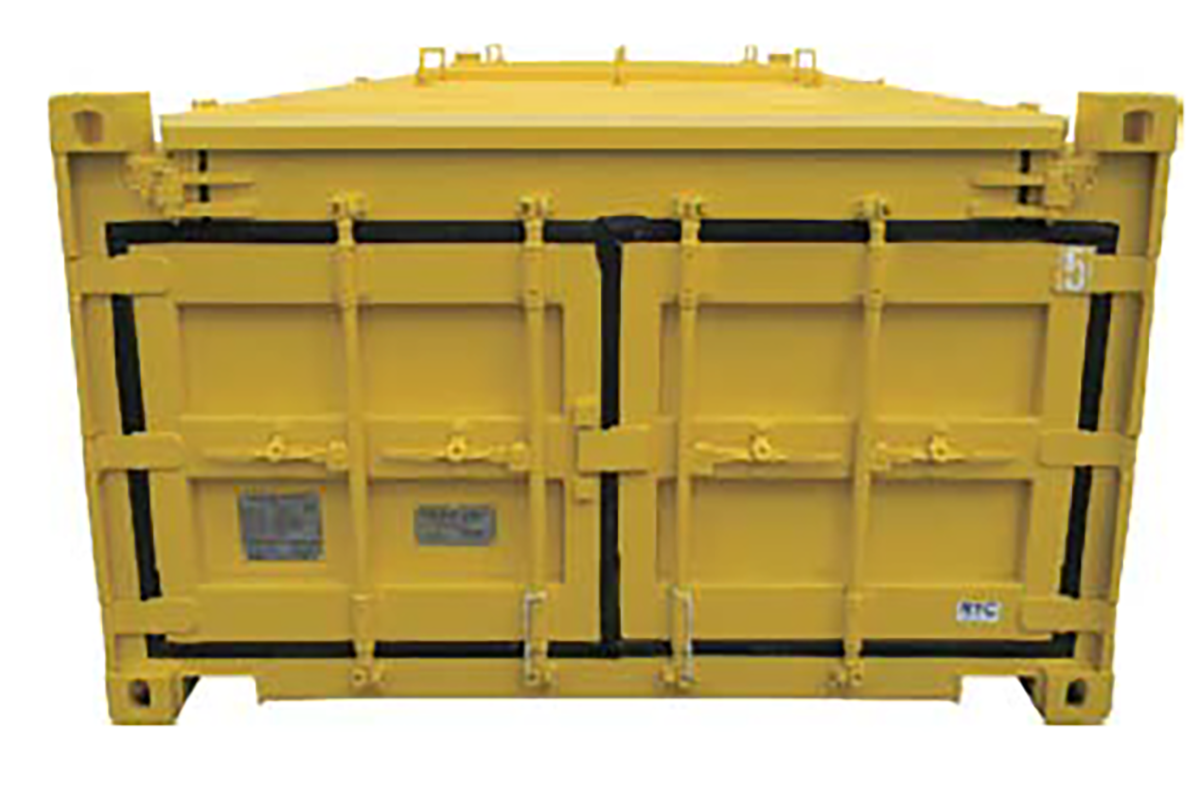PRODUCTS
Categories List
Blue Whale one & winner offshore container
2025-11-12

What is the "Blue Whale 1"? It is the world's largest offshore drilling platform with the deepest drilling depth, named "Blue Whale 1", which was successfully developed by China. It is a remarkable achievement ranking first in the world created by the Chinese people.
The "Blue Whale 1", which has astonished the world, adopts a dual derrick system. In the world, ordinary drilling platforms usually have only one set of drilling systems. However, the "Blue Whale 1" is equipped with a dual derrick system. Previously, when using only one top drive for drilling, the pipes needed to be connected for a while, then the drilling would stop and resume later. The deeper the drilling went, the longer the pipes that needed to be connected would be, and the more time it would take for the top drive to take over the pipes. With the dual derricks working simultaneously, drilling and pipe connection can be carried out at the same time, increasing the drilling efficiency by at least 30%. This is an innovation in the world.
The "Blue Whale 1" represents the highest level of design and manufacturing of offshore drilling platforms in the world today, bringing China's deepwater oil and gas exploration and development capabilities into the world's advanced ranks. This platform has successively won the Best Drilling Technology Award issued by "World Oil" in 2014 and the 2016 OTC Best Design Highlight Award.
Later, the "Blue Whale 2", which was developed, is the world's largest and most advanced ultra-deepwater dual derrick semi-submersible drilling platform, and will be introduced in detail later.
The "Blue Whale 1" is a semi-submersible drilling platform built by CIMC Raffles Offshore Engineering Co., Ltd. in Yantai, Shandong, which is under the CIMC Group. On February 13, 2017, the "Blue Whale 1" was officially named and delivered.
This platform is 117 meters long, 92.7 meters wide, and 118 meters high. It has a maximum operating water depth of 3658 meters and a maximum drilling depth of 15,240 meters, and is suitable for deep-sea operations around the world. Compared with traditional single derrick platforms, the "Blue Whale 1" is equipped with an efficient hydraulic dual derrick and the world's leading DP3 closed-loop power management system, which can increase the operating efficiency by 30% and save 10% of fuel consumption.
The "Blue Whale 1" has 27,354 offshore containers, which include various equipment, more than 40,000 pipelines, more than 50,000 MCC inspection points, and the length of cable laying is 1.2 million meters. As the most advanced generation of ultra-deepwater dual derrick semi-submersible drilling platforms, this platform not only far exceeds other projects in terms of physical quantities, but also overcomes many challenges such as technical research, project management, global procurement, and actual operation applications during the design and construction process.
To build a semi-submersible platform like the "Blue Whale 1", more than 40,000 tons of steel are needed, among which ultra-high-strength and ultra-thick steel accounts for 10%. According to the requirements of DNV GL, the use of ultra-thick steel plates must undergo the CTOD (Crack Tip Opening Displacement) test at minus 20 degrees Celsius. Before that, there were no successful cases in the world for reference. CIMC Raffles established a research team for the CTOD experiment of ultra-high-strength and ultra-thick plates. Through the evaluation of 88 new welding processes and 14 production welding evaluations, it successfully completed the world's first such test and applied 100-millimeter ultra-thick steel plates to semi-submersible drilling platforms for the first time in the world.
Previous:No more content
Next:No more content
MESSAGE
Please give us a message



